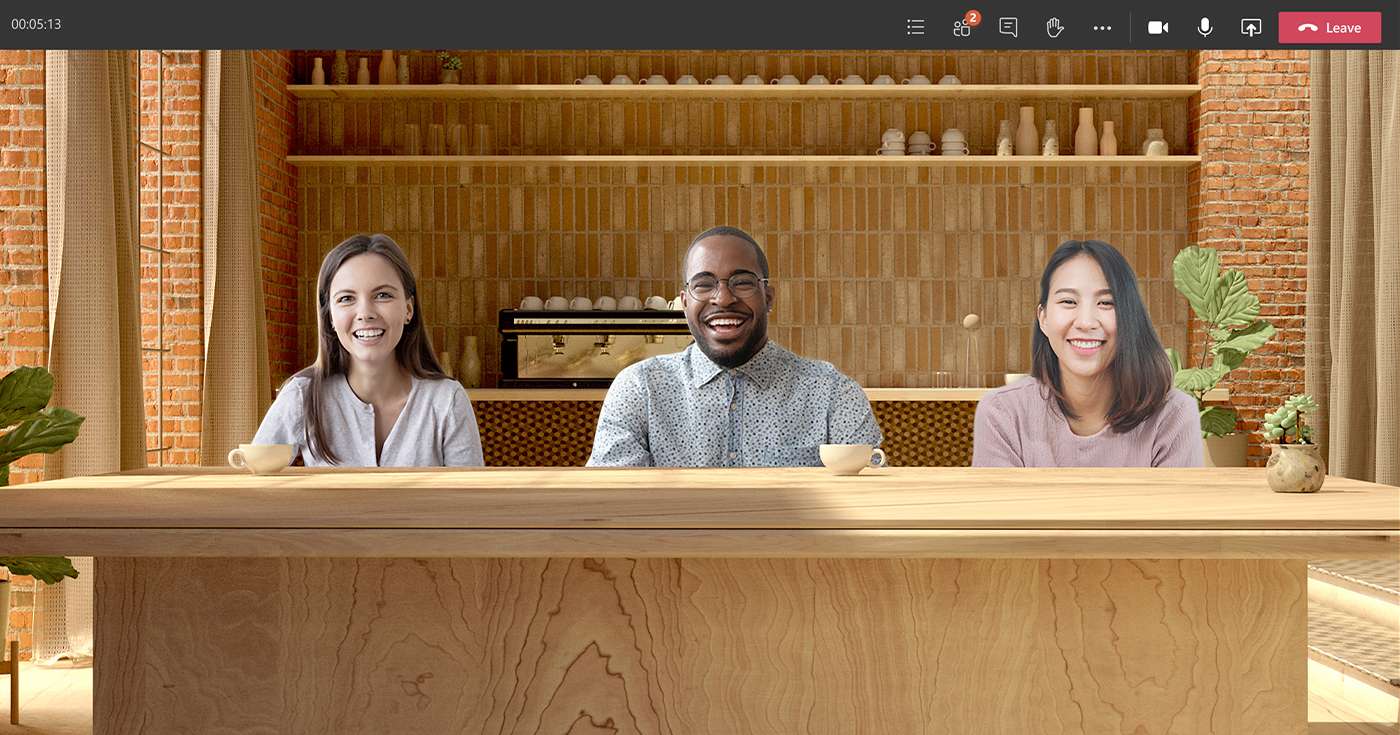
Executive Summary
- Microsoft Teams is already one of the world’s most popular digital collaboration apps, boasting 145 million daily active users.
- To amplify the ways in which users can make the most of Teams, Microsoft is about to allow developers to create their own ‘apps’ within Teams itself.
- Known collectively as Collaborative Apps, this initiative will unlock a new income stream for developers while also making Teams a more attractive prospects for new users and businesses.
Introduction
What’s the difference between an app and a platform?
Thanks to a recent addition to the Microsoft Teams roadmap, known as Collaborative Apps, we’re all soon to find out.
Teams remains the world’s most popular digital tool for collaboration, with 145 million daily users, so it just makes sense that Microsoft would want to build on this success. But that doesn’t just mean adding new features – far from it.
Let’s take a closer look at Collaborative Apps, what it means for Teams, and how it could impact businesses (and developers) all over the world.
What is Microsoft Collaborative Apps?
First revealed to the world in May 2021, Collaborative Apps is a new class of application created by Microsoft to give developers access to the real-time, collaboration-focused features of Microsoft Teams.
If you’re familiar with Teams, you might be wondering how this initiative differs from what’s already on offer within the application. After all, you’ve been able to install and use “apps” within Teams for some time. However, unlike the smaller scale integrations that are possible with current apps in Teams, (things like jumping to Zoom calls or adding contacts in Salesforce), Collaborative Apps really opens the door to full-scale app development with Teams as the base.
And, of course, because these apps technically run using Teams as an ‘engine’ of sorts, they’ll work out of the box on any device which supports Teams. That means Windows, Mac, iOS, and Android without any coding knowledge of those particular platforms.
Finally, developers will have access to Teams data in real-time via an API connection, meaning they can also build applications outside of Teams and pipe Teams audio or video feeds into those apps directly.
What will developers be able to create with Collaborative Apps?
Okay, so Collaborative Apps might sound pretty interesting, but how it will it really change the experience?
Here are a few key ways that Collaborative Apps aims to improve the app experience for Teams millions of users:
- Developers will be able to leverage the Fluid Framework to create entirely interactive experiences almost anywhere, and have changes be updated in Teams in real-time.
- Meetings are a key focus of this project, so developers will be able to finally have direct access to the meeting ‘canvas’ in Teams. This unlocks possibilities around whiteboarding, shared design, project boards, and more.
- Developers will be able to signal their application when a Teams meeting either starts or ends, making complex workflows with real-time triggers a possibility. For example, you could create a workflow which instantly shared a whiteboard you’d all worked on during a meeting as soon as that meeting ends. It’s all about automation and streamlining digital working.
- Crucially, the Collaborative Apps project allows developers to actually charge or create subscriptions with in-app purchases from within Teams itself. If nothing else, this will serve as a strong motivation to have developers create more complex (and more useful) solutions, because they’ll be able to be paid for their hard work.
- Microsoft is also opening up their “Together Mode” feature as part of this project. That means that third-party users will be able to build unique scenes into which they can place meeting attendees — rather than simply using the few scenes Microsoft bundles with Teams. The sky’s the limit here, so we’re very interested to see what developers can come up with.
How third-party access to Teams data could revolutionise businesses
If you’re not a web app developer, it might not be immediately clear how this project will benefit you, so let’s break it down for small businesses.
First off, Collaborative Apps opens the door to a whole new ecosystem of apps for productivity and digital collaboration. Now that many companies are at least partially working from home, these systems are more important than ever.
What will that look like in real terms?
Well, think about the many updates Teams receives every month, then imagine that the development team was suddenly expanded by 100x or 1000x. But it’s not even about only pure functionality – Collaborative Apps enables creativity by allowing developers to bring Teams features into their apps outside of Microsoft 365.
By allowing third party developers access to Teams data, and the meetings canvas, Microsoft is essentially inviting the world to expand Teams into its own operating system… of a sort. The only question then is: what will the world create?
Want to get collaborative with Microsoft Teams?
With so much developmental focus going into Microsoft Teams right now, there’s never been a better time to get involved. If your business hasn’t yet discovered how much more productive, communicative, and streamlined Teams can make your business, be sure to check out our beginner’s guide.
And, once you’re ready to get started with Teams – and the rest of the Microsoft 365 suite, including Office – we’re here to help.
Call the IT support experts at Get Support today on 01865 59 4000. As a direct Microsoft Cloud Solution Provider, we can get you up and running on Microsoft Teams in no time. Not a talker? Fill in the form below and we’ll contact you.



